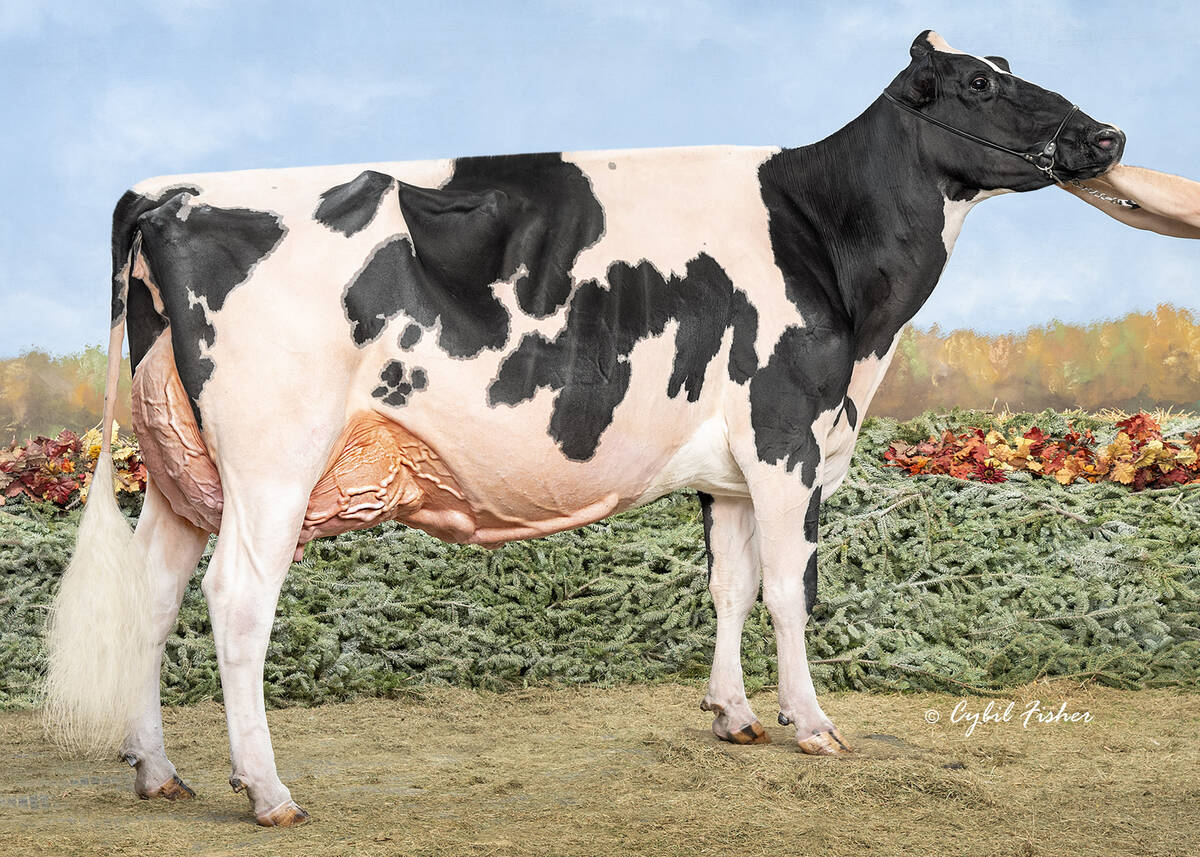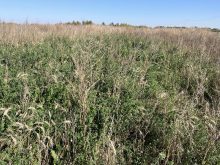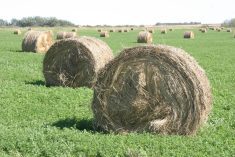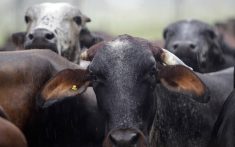RED DEER, Alta. – The Canadian beef industry continues to set records even as it adjusts after a year of record low prices.
Slaughter and beef production numbers are still high as about half of the country’s heifers continue to go to packing plants rather than stay home to produce new calves.
Female disposal rates were steady in 1996 and 1997, but a slowdown in cow kill has occurred, says Anne Dunford, senior market analyst with Canfax, the marketing statistics arm of the Canadian Cattlemen’s Association.
The markers for the cattle market are heifer retention and the female-to-male disposal rate.
Read Also

Saskatchewan dairy farm breeds international champion
A Saskatchewan bred cow made history at the 2025 World Dairy Expo in Madison, Wisconsin, when she was named grand champion in the five-year-old Holstein class.
“It’s probably our best barometer of what’s going on in the herd as far as whether we are expanding or liquidating and to what degree,” said Dunford, at a recent agricultural outlook conference in Red Deer.
Statistics show 35 percent of the heifer crop was killed in 1995, 47 percent in 1996, and in 1997, 50 percent went to the beef market.
In 1994, 8.5 percent of the cows were killed. That was one of the smallest cow culls since the 1970s. In 1996 and 1997, 13 percent of the cows were culled, the highest since 1985 and 1968.
Alberta continues to grow as the Canadian beef capital, holding 40 percent of the national inventory of beef cows. Saskatchewan follows at 26 percent, then 12 percent in Manitoba and 10 percent in Ontario.
In 1988, Alberta finished one million head for slaughter. This year 2.2 million animals will be finished. Feedlot expansion continues with an estimated extra 150,000 pen spaces. By next year there should be a onetime capacity of a million with 2.5 times turnaround in a year.
Alberta is now the fifth largest feeding area in North America behind Texas, Kansas, Nebraska and Colorado. The province may edge out Colorado for fourth place next year.
Search is on
Operators are pulling in calves from everywhere, said Dunford.
“Some of the things that are going to change is the ability to access feeder calves. We’ve come through the peak of the cattle cycle and there will at some point be fewer heifers to feed,” she said.
“We’re going to get a pretty cutthroat business out there on supplying feeder calves to the feedlot sector,” Dunford said.
In this liquidation phase, beef tonnage on the market has increased and heavier than anticipated carcass weights appeared in the second half of this year. Higher birth weights, weaning weights and up to five pounds a day of gain contributed to heavier cattle.
During two weeks in October, carcass weights reached a record 815 pounds on steers. Packers prefer carcasses weighing 600-750 lb.
Exports continue to be good news for Canadians.
About $2.2 billion worth of beef and live animals were exported, mostly to the United States.
Just a few years ago, record numbers of feeder calves were heading stateside to be finished. Last year was a record when 1.3 million head of slaughter animals went to southern packers. This year, 30 percent of the exports were beef rather than live cattle.
Exports to the Pacific Rim and Mexico continue to improve, said Ted Haney of the Canada Beef Export Federation.
To date, Japan has bought 18,200 tonnes of beef which is equivalent to 109,000 head. South Korea continues to show interest and bought 6,600 tonnes, equal to 40,000 head. Taiwan went from 849 tonnes in 1996 to 1,750 tonnes or 29,000 head.















